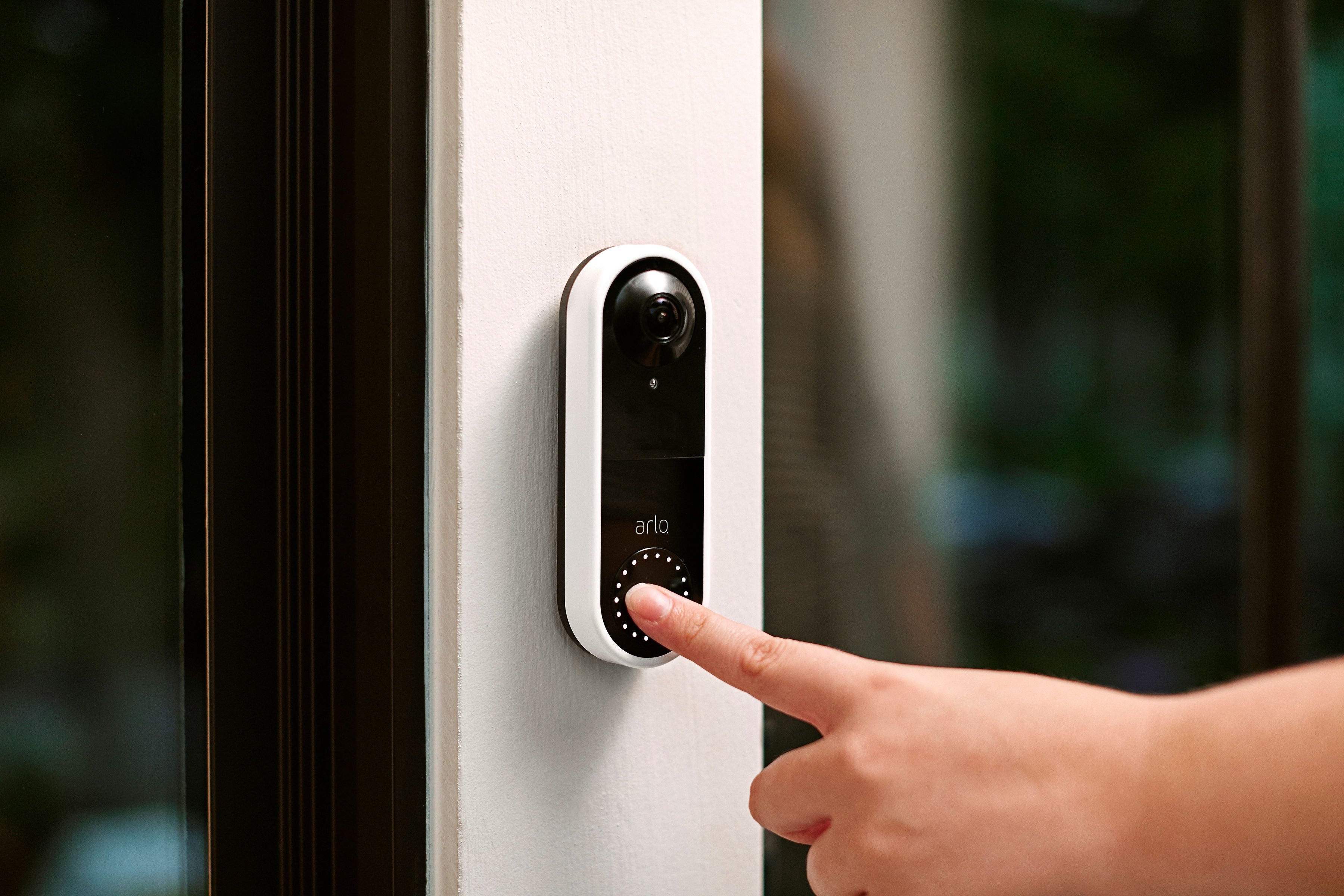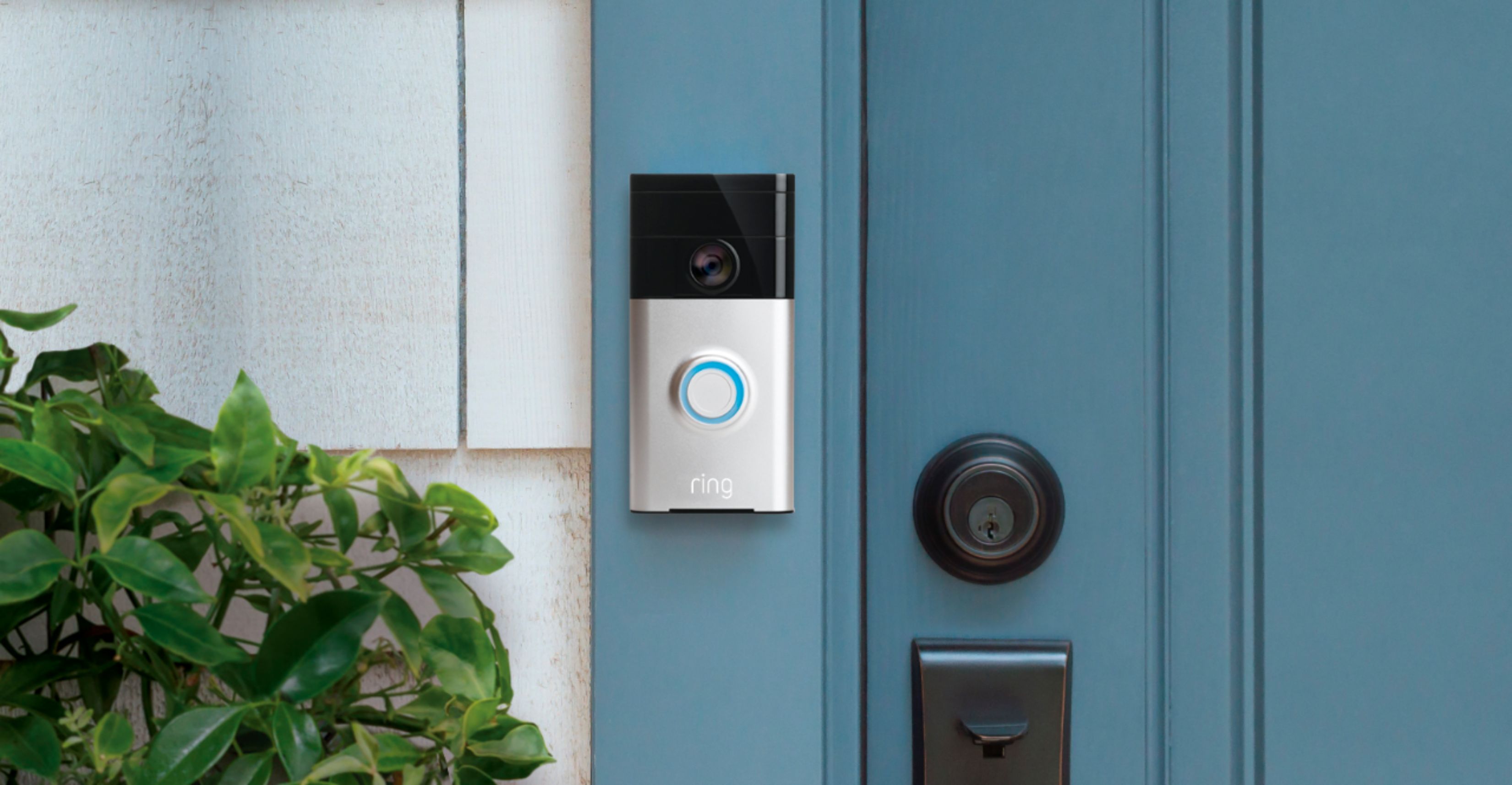Types of Bedroom Doorbells

You’re ready to upgrade your bedroom door with a doorbell, but with so many options, choosing the right one can feel like navigating a maze. Don’t worry, we’re here to help! This guide breaks down the different types of bedroom doorbells, their pros and cons, and popular examples to make your decision a breeze.
Wired Doorbells, Doorbell for bedroom door
Wired doorbells are the classic choice, known for their reliability and affordability. They work by connecting to your home’s existing electrical wiring, offering a consistent and dependable signal.
- Pros:
- Reliable and consistent signal
- Affordable compared to other types
- Simple installation for DIY enthusiasts
- Cons:
- Requires electrical wiring, which might be inconvenient or require professional installation
- Limited range, typically confined to the immediate area
- Basic features, usually just a chime sound
Popular examples include the GE 120-Volt Plug-In Doorbell Kit and the Honeywell Home Wireless Doorbell Kit, both offering a simple and affordable solution for a wired doorbell.
Wireless Doorbells
Wireless doorbells offer the freedom of placement without the hassle of wiring. They operate on battery power and transmit signals through radio waves, making them ideal for renters or those who want a quick and easy installation.
- Pros:
- Easy installation, no wiring required
- Greater range compared to wired doorbells
- Variety of chime sounds and volume levels
- Cons:
- Battery-powered, requiring periodic replacements
- Signal interference can occur, leading to unreliable performance
- Limited features compared to smart doorbells
Popular examples include the Ring Video Doorbell 2 and the August Smart Lock Doorbell Cam, both offering a balance of features and ease of use.
Smart Doorbells
Smart doorbells are the cutting edge of doorbell technology, offering a wide range of features and integration with smart home systems. They connect to the internet, allowing you to control them remotely and receive notifications on your smartphone.
- Pros:
- Remote control and notifications
- Integration with smart home systems
- Advanced features like motion detection and two-way communication
- Cons:
- Higher price compared to other types
- Requires internet connection and compatible smart home system
- More complex installation and setup
Popular examples include the Nest Hello Video Doorbell and the Arlo Essential Wire-Free Video Doorbell, both offering a range of smart features and reliable performance.
Video Doorbells
Video doorbells take smart doorbells a step further, adding a built-in camera that allows you to see who’s at your door, even when you’re not home. They offer features like live video streaming, motion detection, and two-way communication.
- Pros:
- Real-time video viewing and recording
- Enhanced security and peace of mind
- Two-way communication with visitors
- Cons:
- Higher price compared to other types
- Requires internet connection and compatible smart home system
- Privacy concerns regarding video recording
Popular examples include the Ring Video Doorbell Pro and the Wyze Video Doorbell Pro, both offering a range of video doorbell features and affordable pricing.
Benefits of Using a Doorbell for Bedroom Doors

Think of a doorbell for your bedroom as a personal security upgrade for your private space. It’s like having a tiny alarm system just for you, making your room feel more secure and giving you greater control over who enters.
Enhanced Security and Privacy
A doorbell on your bedroom door can provide an extra layer of security, especially when you’re alone or in a vulnerable situation. Imagine you’re sleeping soundly and someone knocks on your door. A doorbell alerts you to the presence of someone outside, allowing you to check who it is before opening the door. This can be crucial in preventing unwanted intrusions or potential threats.
Improved Communication and Awareness
Doorbells for bedrooms can enhance communication and awareness of visitors or potential intruders. For example, you can hear if someone is knocking on your door, even if you’re in another room. This can be helpful for individuals who are hard of hearing or have difficulty hearing the door knocking from other areas of the house. You can also use the doorbell to communicate with visitors, asking them to wait or letting them know you’re coming.
Scenarios Where Bedroom Doorbells are Beneficial
- Elderly Individuals: For elderly individuals who may have mobility issues or live alone, a bedroom doorbell can provide a sense of security and independence. They can use the doorbell to communicate with family members or caregivers, or to alert them to visitors.
- Families with Young Children: Parents can use a bedroom doorbell to keep an eye on their children and ensure their safety. If a child is sleeping in their room, the doorbell can alert parents to anyone who is knocking on the door.
- Individuals Living Alone: For individuals who live alone, a bedroom doorbell can provide a sense of security and peace of mind. They can use the doorbell to communicate with visitors or to alert them to potential intruders.
Installation and Setup Guide: Doorbell For Bedroom Door

Installing a bedroom doorbell can be a quick and easy process, and you don’t need to be an electrical wizard to do it! We’ll walk you through the steps for both wired and wireless doorbells, so you can choose the option that best suits your needs and technical expertise.
Wired Doorbell Installation
Wired doorbells require a bit more effort than wireless ones, but they offer a more reliable connection. Here’s how to install a wired doorbell:
- Locate the existing doorbell wiring. This is usually found in the wall near your front door. It will be a pair of wires, often colored black and white, tucked inside a small box.
- Disconnect the power to the doorbell. Flip the circuit breaker that controls the doorbell wiring. This is crucial for safety!
- Remove the old doorbell button. Unscrew the old doorbell button from the wall and disconnect the wires from the back.
- Install the new doorbell button. Attach the new button to the wall and connect the wires to the back. Make sure the wires are properly connected to the correct terminals (usually marked with “+” and “-“).
- Connect the doorbell chime. If you’re replacing an existing chime, disconnect the old chime and connect the new one to the same wires. If you’re installing a new chime, you’ll need to run the wires from the button to the chime location.
- Turn the power back on. After connecting everything, flip the circuit breaker back on and test the doorbell.
Wireless Doorbell Installation
Wireless doorbells are the ultimate in convenience and flexibility. You can install them without needing to mess with any wiring. Here’s how to install a wireless doorbell:
- Choose a location for the doorbell button. Pick a spot near your bedroom door that’s easy to reach and see.
- Mount the doorbell button. Most wireless doorbell buttons come with adhesive strips or screws for mounting.
- Plug in the receiver. The receiver is the device that plays the chime sound. Plug it into an outlet within earshot of your bedroom.
- Pair the button and receiver. Follow the instructions in your doorbell’s manual to pair the button and receiver. This usually involves pressing a button on both devices.
- Test the doorbell. After pairing, press the button to ensure it’s working correctly.
Troubleshooting Common Installation Issues
- Doorbell not working: Check the power source, ensure the wires are connected properly, and make sure the battery is installed correctly.
- Doorbell chime not working: Ensure the chime is plugged in, the volume is turned up, and the receiver is paired with the button.
- Intermittent signal: If the signal is weak or inconsistent, try moving the receiver closer to the button or consider using a signal booster.
For further assistance, refer to the manufacturer’s website or contact their customer support team.
